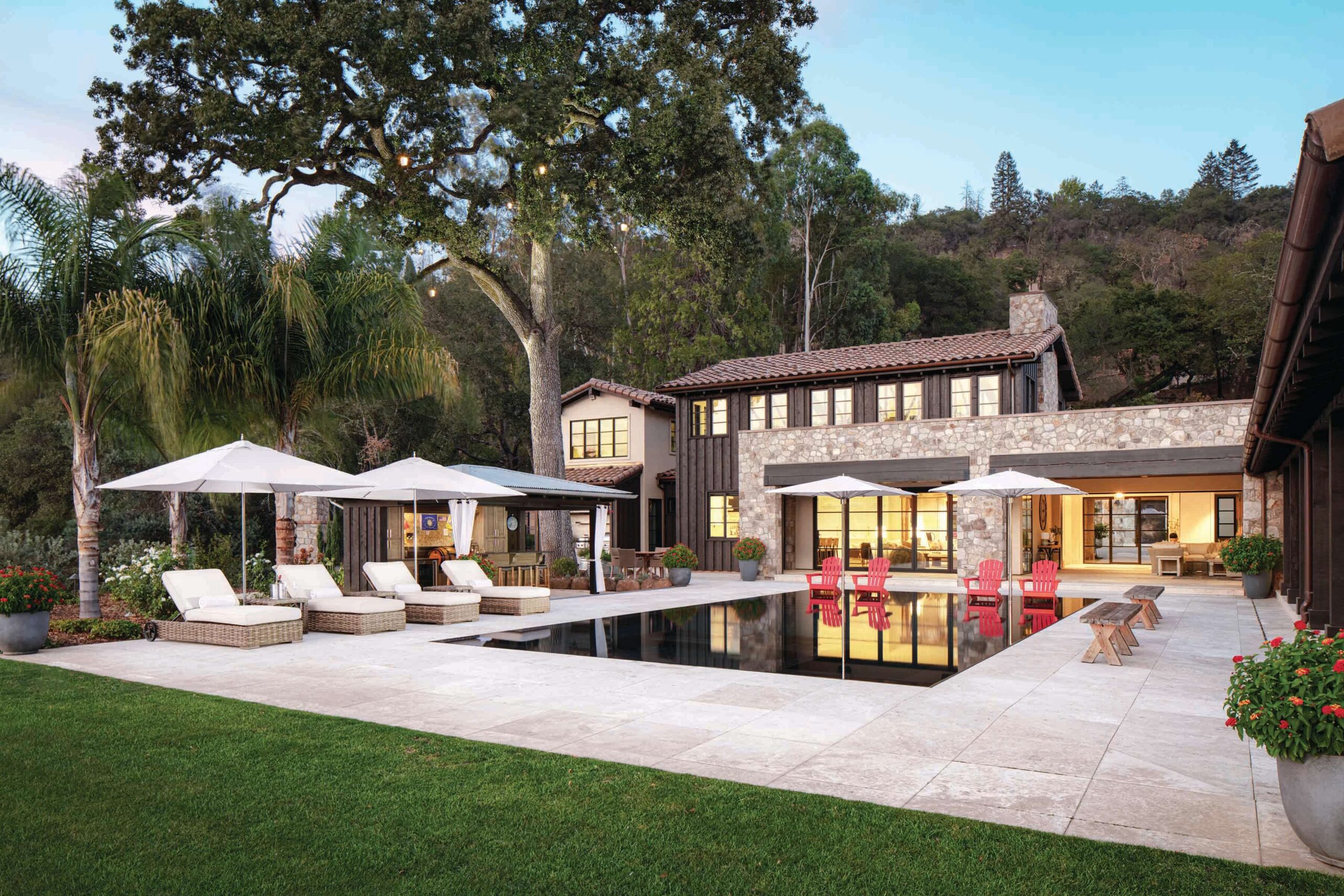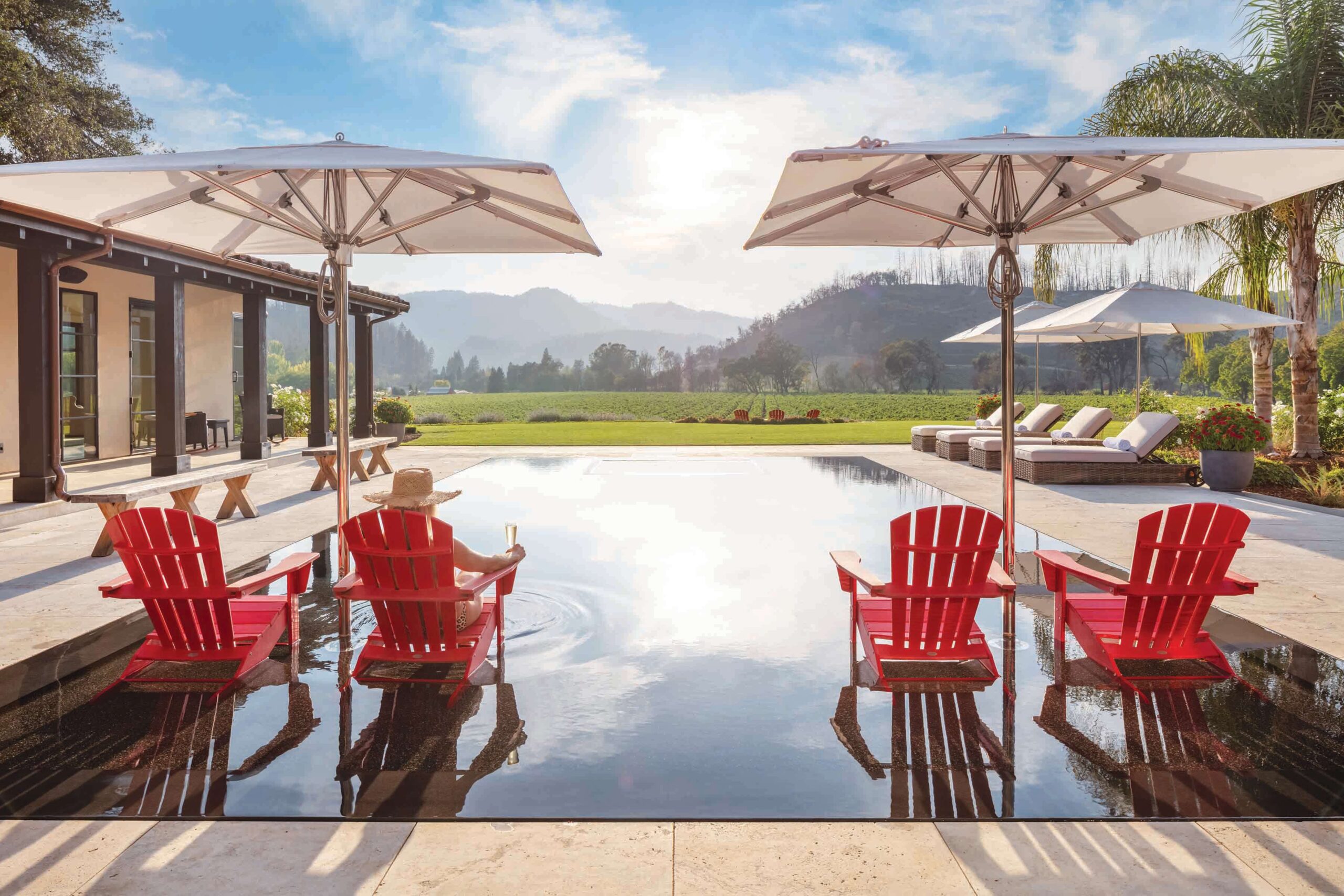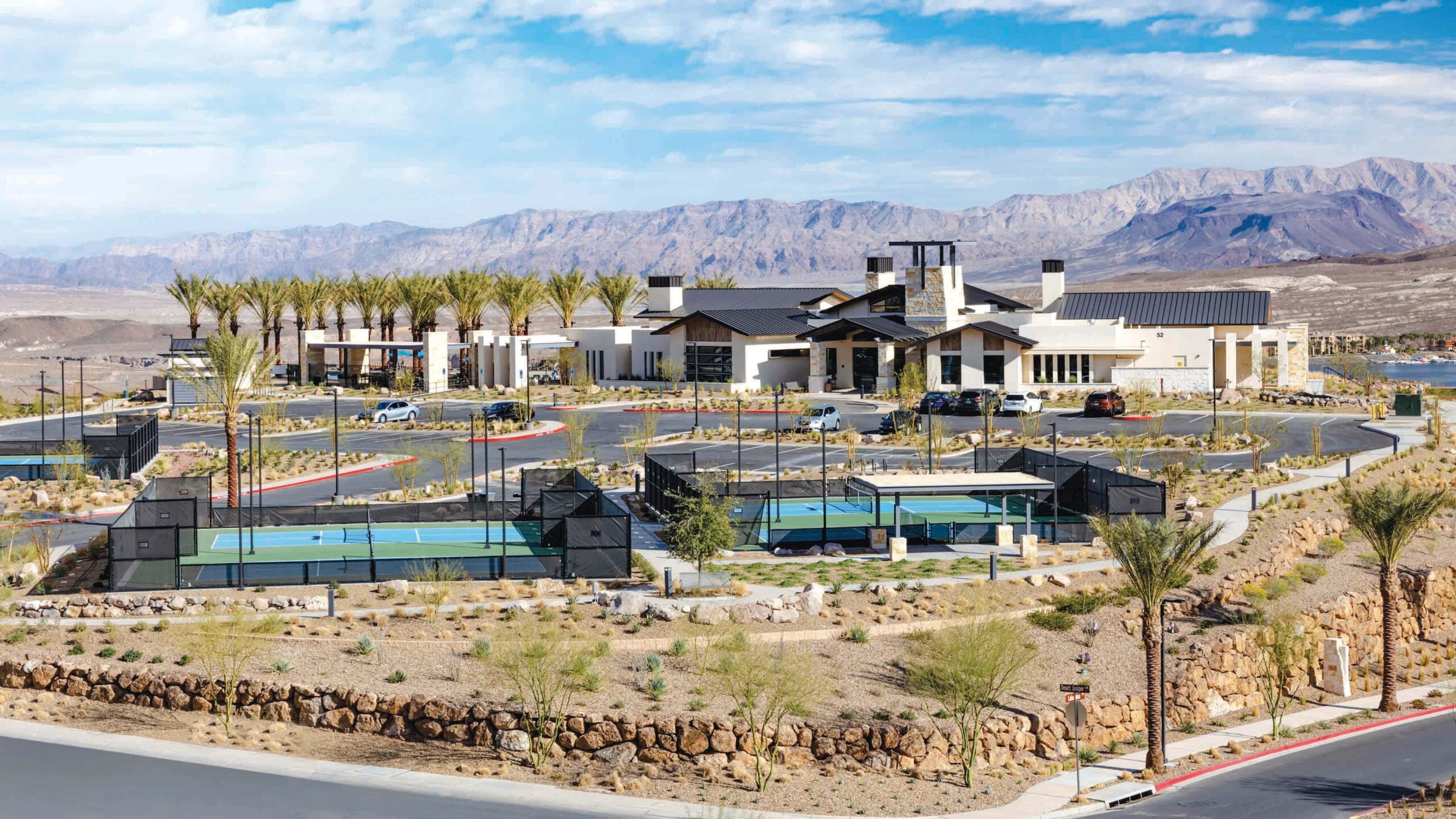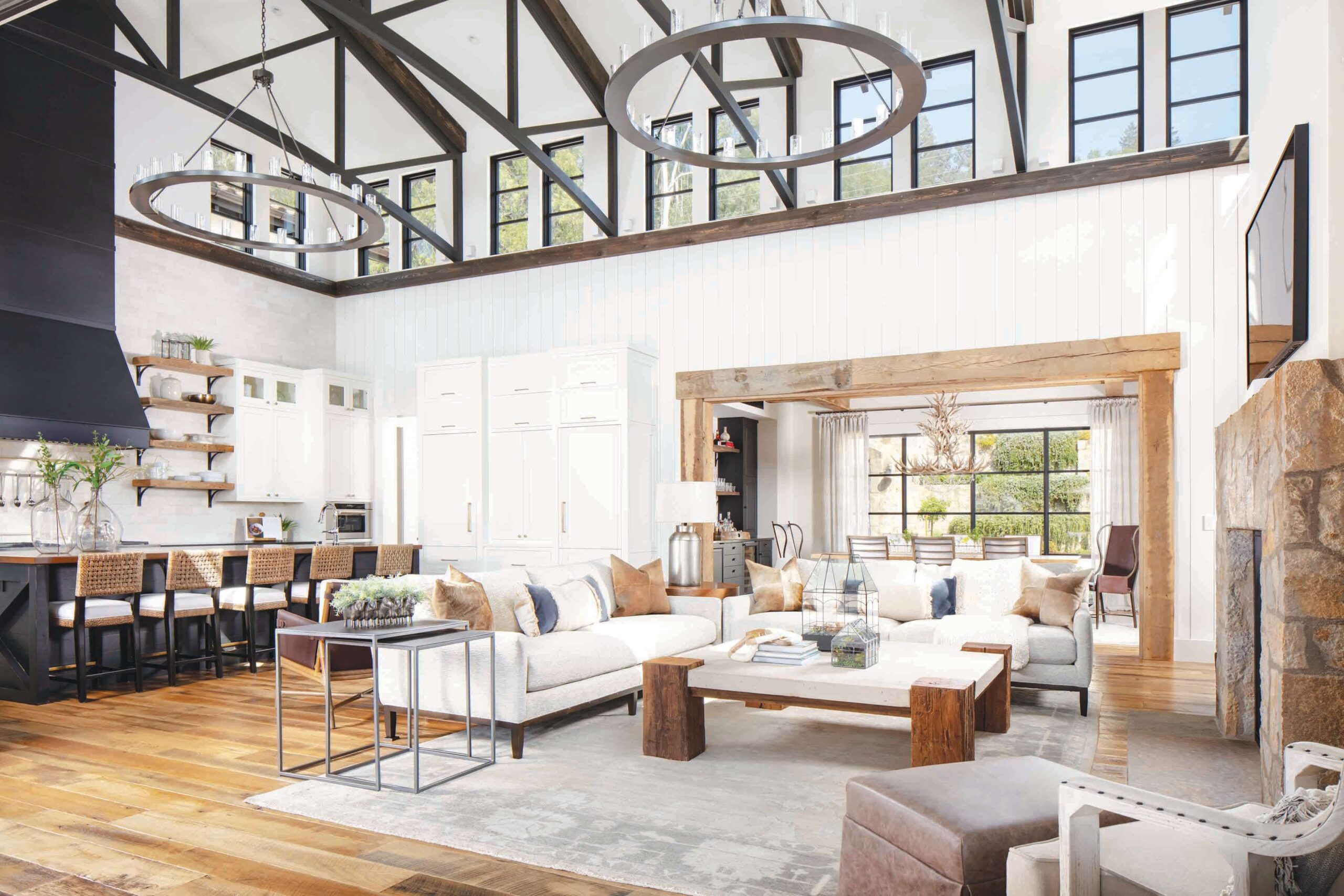What’s true for offsite is also true for photography: people do their best work when supported by a great system.
- Great photos are essential for modular builders who want to showcase their quality, but
they require more than someone with a camera. - The Enterprise Photography System is a three-point process of planning, focusing and
sharing the work. - Business operations are handled by dedicated managers, leaving the photographer free
to focus on creating beautiful images


Professional photography is a must for any homebuilder. The photos on your listings give home shoppers that crucial first impression. They play an important role in helping someone make the decision to pick up the phone, send you a text or email, or drive to your sales center.
If you’re a modular builder, photos serve an additional role. Although construction pros know that modular homes are as good as (or better than) site built, some consumers still equate them with manufactured. Beautiful photos help you overcome that misconception while reinforcing your quality message.
Of course, this begs the question of how to make sure you get photos that truly showcase your build quality. The answer is that you need more than just someone with a camera. In fact, you should choose your photography sub as carefully as you do every other trade partner.
Most builders don’t realize that what’s true for a sophisticated offsite manufacturing system is also true for photography: that even the most skilled people with the most cutting-edge gear will only do great work when supported by great processes. But how do you make sure your photographer has such a process?
As the owner of a real estate photography firm that’s based in California that works in several states, my team has photographed thousands of homes and commercial projects. Our photographers work within a process called the Enterprise Photography System to ensure we produce images that meet our clients’ needs in a professional manner. I believe our experience can help you evaluate a photographer, or help you develop your own in-house process.
Our system is built on a simple three-point foundation: planning the work, focusing the work and sharing the work.


Plan to Succeed
Pre-production work, or planning, isn’t just for television commercials and feature films — it’s also crucial for a successful photo shoot. The creation of a work plan is the first step in ensuring a high return on your investment in photography.
An obvious part of the plan is your aesthetic requirements. Before we send our crew to a project, we make sure that relevant teams and project stakeholders — the developer, the builder, the architect, the marketing agency — are aligned.
We discuss brand guidelines to ensure that our work supports your current marketing framework. If aerial shots from a drone will be required, we check flight maps and get clearance from the FAA to ensure that safety protocols are followed.
We also pre-define your retouching preferences. Some people prefer green grass or blue skies in all exterior shots, or they want to see a fire in the fireplace. They may want the interior lights turned on, or off. They may want an image on the television, or not. Some clients don’t want distracting elements like carbon monoxide or security sensors in their photos.
All of the above can be done with retouching software, but retouching requirements will vary with the photos’ intended use. The marketing agency may want super-polished shots for ongoing campaigns, while the sales center may just need help selling one house. These requirements are part of our discussions. With the above information in hand, we send the client an estimate and a copy of our insurance documents (general liability and workers comp). Once we have a signed contract, we can turn our attention to scheduling and site issues.
Let’s say you’re building an incredible house that’s projected to finish June 1, but when the photographer shows up on that day the house isn’t ready. Even if the house is mostly finished, if there are still workers and equipment on-site, it can be difficult or impossible to set up the ideal shots.
A systems-driven photography company will be proactive when it comes to ensuring that the house is ready. In our case, we establish multiple points of contact, including the construction supervisor and the sales manager, in case of last-minute changes. Our plan includes scheduled follow-ups to let everyone know when we are scheduled to s how up. They need to make sure the house is ready, or tell us it won’t be so we can reschedule. People do their best work when there are no surprises or crises that add extra time and expense to the job. The planning phase is designed to eliminate these scenarios for our photographers.


Focus on the Work
People also do their best work when they have time to actually focus on that work. The same is true for photography. Photography is a skilled craft, but many photographers don’t have time to fully focus on their craft, because they’re wearing too many hats. They’re constantly distracted by things like marketing, client relations, accounts receivables, photo editing and project coordination. There are three common consequences to being over-extended like this:
1. The photographer becomes unresponsive. Someone with too many tasks on their plate may not have the time to return your calls or texts, even if it’s an urgent matter.
2. The photographer becomes more expensive over time. The most common way for photographers to clear their plates is to raise prices. This is to remove clients from their roster, while retaining a similar amount of income.
3. The photographer creates sub-optimal work. Someone who is over-extended and pressed for time may be too hurried to compose the best shots, or might overlook little things like debris outside the windows or misplaced furniture.
If you want dependable, high-quality results, your photographer should do one thing — create beautiful images — and should be backed up by a system that takes care of the business. That’s why we have full-time managers to perform critical operations like billing, client coordination and image editing.
Most volume builders do business with professionally managed trade contractors because they have systems running to ensure great work is always completed on time. We take the same approach for photography.
Share to Reduce Costs
On most of our shoots, one client leads the project and pays for it in full. However, we’ve realized that these images offer value to other project partners and vendors. Our photos may be useful for the builder, the interior designer, the architect and even the developer. We suggest that these various parties share in the photography costs. Our team can create shared-use licenses that distribute the project costs among partners in an appropriate manner. Copyright can be complex, and I won’t go into detail here.
But we can assist you with the paperwork and lead the discussion when these instances arise.
The bottom line is that professional photography is a valuable asset and you will get the highest returns from your photography investment by hiring a professional firm. Making sure your photography sub has a good system that results in faster responses, reduced costs and higher quality results.

















